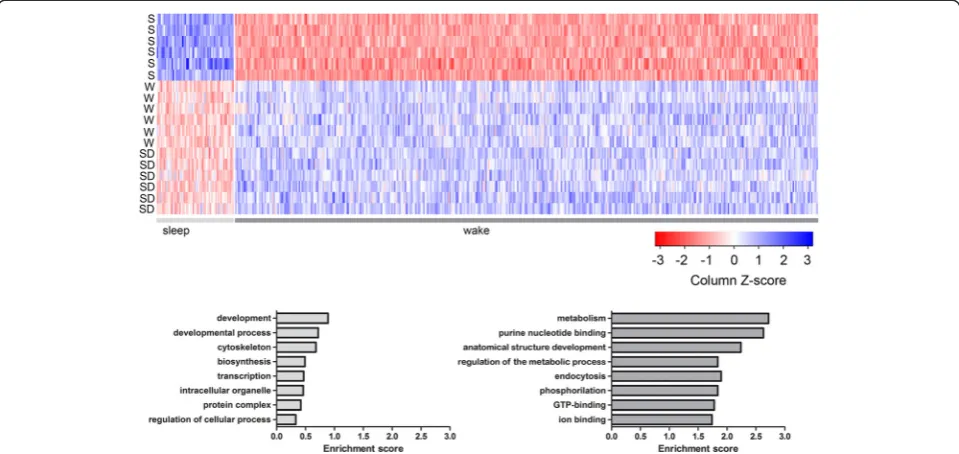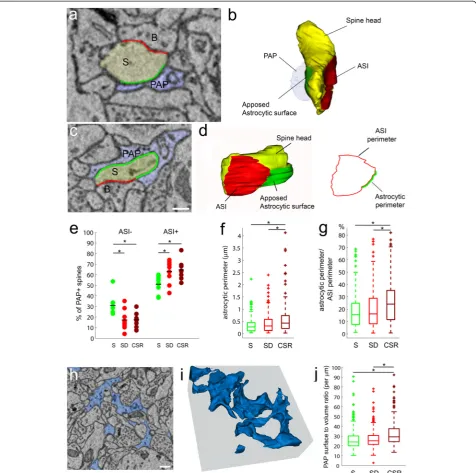Effects of sleep and wake on astrocytes: clues from molecular and ultrastructural studies
Full text
Figure




Related documents
• Collaborative doctoral programmes do have a role to play within the Innovation systems as providers and co-creator of S&T Human capital. • Could be used as policy tool for
New station designs, like those planned for the Miami Intermodal Center shown here, will be a key element of new rail transit projects in South Florida... 52 parallel, we believe
decreasing and increasing values are obtained for FA/MA and FA/MA/water, the FA/MA/IPA system reveals a continuous activation energy increase for α values from 0.20 to 1..
Although celastrol, as a natural inhibitor of the protea- some and NF- κ B activity, can induce apoptosis in a variety of tumor cell lines, including U937 cells, human prostate
At Marroquíes Altos, the clustering of crania and long bones against cave walls and the deliberate placement of individuals in lateral niches demonstrate a Late Prehistoric reuse
(Applies to Traffi c Accident – more than 100 km from home, Trip Interruption, Hazardous Weather, Stolen Vehicle, and Destruction by Fire Services) NISSAN Roadside Assistance
Serologically Confirmed GAS Culture–Positive Pharyngitis Nineteen primary episodes were unequivocal GAS phar- yngitis, and 16 episodes were likely serologically con- firmed

